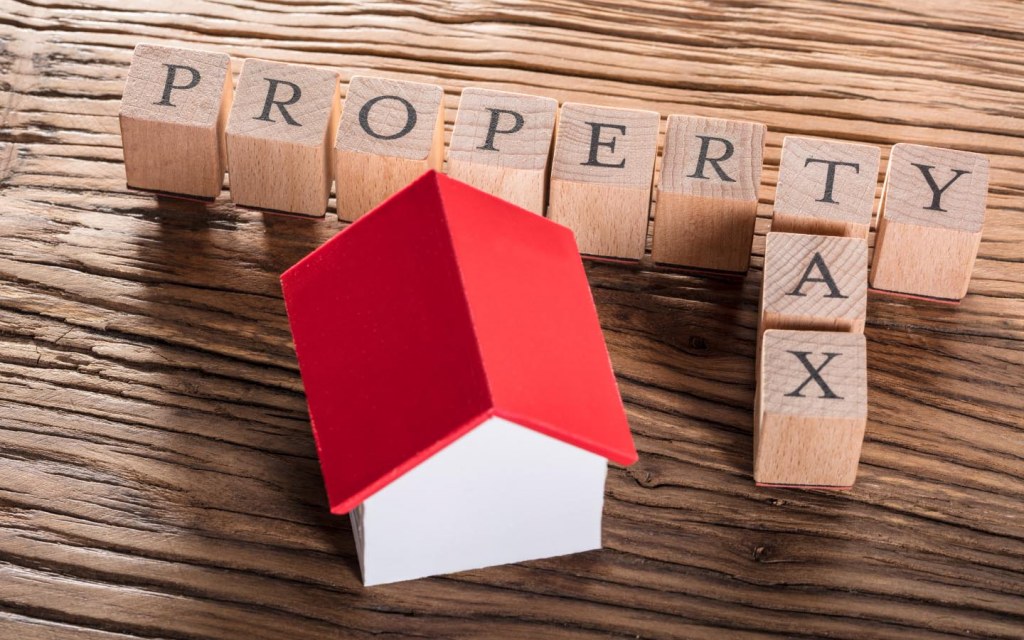Property investment is a unique endeavour that requires careful planning, farsightedness, taking calculated risks, and open-ended management. As such, investing in a low-income neighbourhood can be an especially tough challenge, but many investors are firm believers that this particular investment offers an ROI that isn’t possible with middle or lavish districts.
In this blog, we’ll explain how investing in low-income societies or neighbourhoods can become an unmatched profit-generating possibility for you.
Here Are Some Useful Tips for Investing in Low-Income Neighbourhoods
According to real estate experts, investment in real estate has either very little or no chances of being lost, snatched, or stolen. They also suggest that any transaction related to property investment is the safest investment in the world, depending on three conditions: it should be chosen wisely, paid in full, and managed carefully.
For some people, the idea of purchasing a property in a low-income neighbourhood can be daunting, chiefly if it is their first time. So, we’ve hand-picked some queries and attempted to provide some useful tips for investing in a low-income neighbourhood to make your experience a little better:
- Where and how should you begin your property search?
- What should you specifically look for in a neighbourhood?
- Why is it necessary to know about property taxes?
- How does cash flow in low-income neighbourhood work?
- Which properties or neighbourhoods should you avoid?
Question: Where and how should you begin your property search?

Staying in a comfort zone is a lot easier; however, if history and successful investors have taught us anything, it’s that real growth always lies outside your comfort zone. Sometimes you find chances to work outside your safety net, and it is where you have to take calculated risks. Eventually, when the risks pay off, you can enjoy the fruit in the form of the biggest reward, financially or otherwise. Also, it is normal to have fears related to property investment, and we’ll tell you how to put your mind at ease and begin your property search.
Finding a property in a low-income neighbourhood is no different than finding one in a posh locality. First, you’ve to dust off your explorer hat, wear it, and magnify every detail. The second step is to find a trustworthy channel that understands your needs within a budget bracket and presents you with the best deals available in the market. In this regard, what can be more helpful than Zameen.com – especially when a user has the liberty to customise almost every nook and cranny of their property search. Being Pakistan’s very first property portal, we welcome queries and try to satisfy our users’ needs.
On a side note, our representatives are also available via Zameen Helpline.
At times, you may want someone else to do this tiring job for you, but you should begin with searching for a property on your own. An unprofessional middleman can bring unnecessary pressure on you, and finding “the one” usually takes a little more time than expected.
Question: What should you specifically look for in a neighbourhood?

Don’t take off your explorer hat yet, since spotting the right locality in a low-income neighbourhood requires spying skills and some shoe leather. Remember, the property you choose will attract a particular type of tenant or buyer in the future. For instance, if you buy a house near a university, the chances are higher that it will attract students and professors. Similarly, if you buy a house near commercial plazas, it will attract working individuals with families.
Moving forward, you should also look for amenities nearby and go for the maximum number of facilities. Look for public parks and transportation options, restaurants, gyms, shopping malls, and anything else that spells convenience. Additionally, official sources can be a great way to explore a neighbourhood, and we’ve made that, too, a little easier for you. Just head over to Zameen Area Guides, enter your desired area in the search bar, and get all the relevant details. Additionally, you should also look for the following signs:
- Make sure there are no issues in the structure and foundation of the property
- The neighbourhood shouldn’t be in a flood zone
- The property you’re buying, and the nearby properties are legally built
- All the previous charges, dues, and taxes are cleared by the current homeowner
Question: Why is it necessary to know about property taxes?

Taxes are paid to the government in favour of security, protection, and reformation. Property taxes aren’t any different from other taxes, and homeowners are obliged to pay them to benefit from the many civic and social amenities provided by the government.
Moreover, property taxes in Pakistan are of different types. We understand the fact that nobody likes reverse money flow and often homebuyers try to find a way that doesn’t include paying legal taxes – let’s face the truth, without us paying our due taxes, how will our country progress, prosper, and make it to the list of developed countries!
Question: How does cash flow in low-income neighbourhoods work?

There are usually more deal-breakers in low-income neighbourhood investments than expected, but positive cash flow isn’t one of them – a no-brainer, right? It is important to understand the mechanism of cash flow in a low-income neighbourhood and how it is different than a high-end area. The price tags on low-cost properties can be surprisingly low in specific markets, but the resale value can be even surprising. However, for a higher return on investment, homeowners have to spend some money on renovations and uplifting the property both cosmetically and functionally.
Question: Which properties or neighbourhoods should you avoid?

The first and foremost rule of investing in a low-income neighbourhood is that your expectation bar shouldn’t be set too high – they’re called low-income properties for a reason. It doesn’t mean that you should nod to old shacks and collapsing structures.
Also, there’s a difference between warzones and low-income neighbourhoods. The families settled in low-income neighbourhoods are not any different than the ones in posh localities. However, nobody dreams about living in warzones or having criminals as neighbours. The best way to dig such information is to visit the local police station to have the accurate crime statistics of an area. You can also check the rates of vandalism, terrorism, serious and petty crimes though Google and news websites. However, if you fail to find a police station or there’s nothing but bad news on the internet – then it isn’t the place for investment.
Moreover, property seekers should also look for signs such as if a particular alley in the neighbourhood features properties for too low – lower than the other houses in nearby streets. This should immediately start to ring alarm bells and raise red flags. The possible signs of selling low could be legal issues, lack of civic amenities, or criminal activities next door.
Additionally, even if you do not see any signs of criminal activities, you should be aware of the fact that low-income neighbourhoods are often prone to natural catastrophes while some of them are legally disputed. So, if you somehow end up buying a property vulnerable to natural calamities – the first thing to do is to get it insured. For some people, insurance is yet another expense, but it can help you save your investment over time.
Have you ever considered investing in a low-income neighbourhood? Share your experience with us at blog@zameen.com. Subscribe to Zameen Blog for more tips on property investment.



